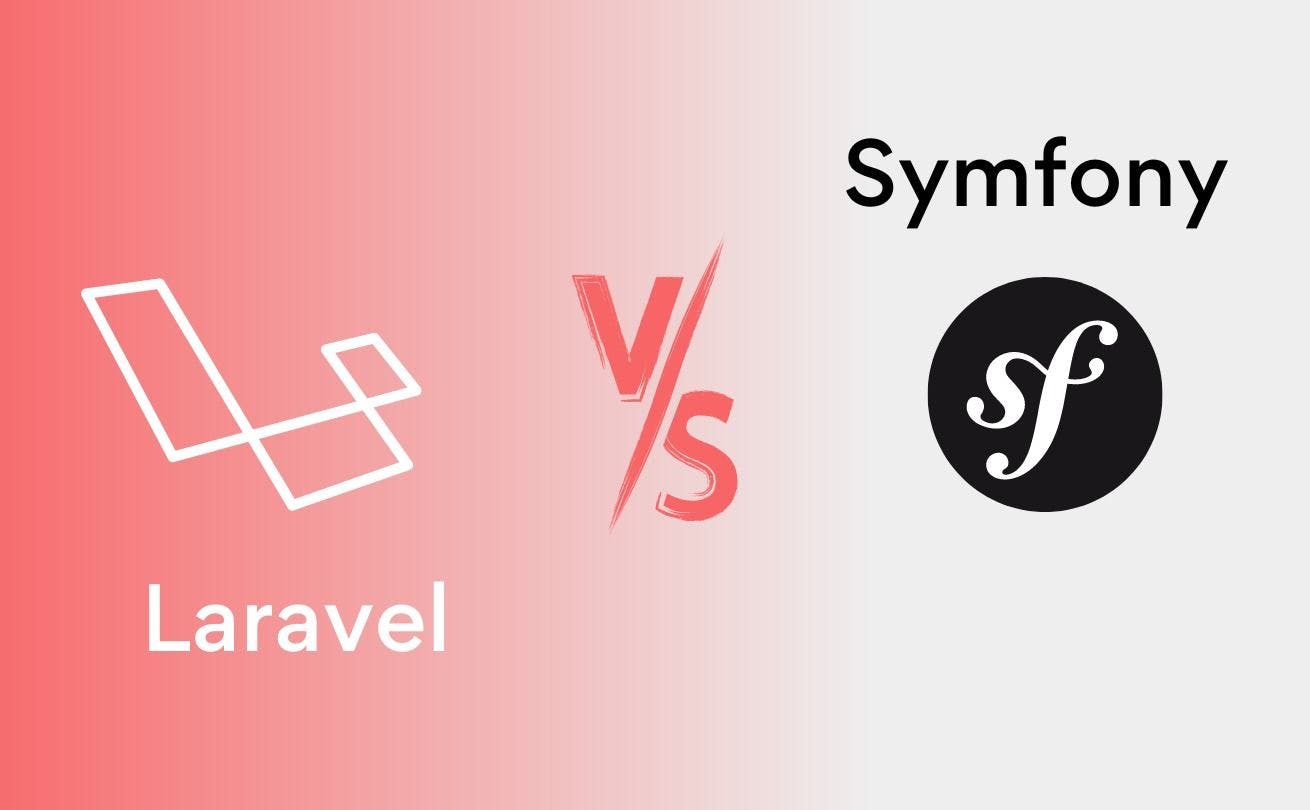Leverage Turing Intelligence capabilities to integrate AI into your operations, enhance automation, and optimize cloud migration for scalable impact.
Advance foundation model research and improve LLM reasoning, coding, and multimodal capabilities with Turing AGI Advancement.
Access a global network of elite AI professionals through Turing Jobs—vetted experts ready to accelerate your AI initiatives.
FOR DEVELOPERS
Laravel vs Symfony: Which One to Choose in 2025?

For developers about to embark on a project, deciding which stack and framework will serve them better is one of the first things to consider. However, if the programming language is PHP and there’s a need for a more developer-friendly framework, there are two popular PHP-based frameworks to go with: Laravel and Symfony.
This article will compare Laravel vs Symfony from different angles to help you make an informed choice.
Table of Contents
Which is better: Symfony vs Laravel?
Let’s see how one stacks against the other based on different parameters.
Popularity
For those just about starting out, Laravel is a more suitable option. It needs less configuration and is pretty straightforward compared to Symfony in terms of authentication, setup middleware, and pulling data using ORM.
As for the popularity of Symfony vs Laravel, the results clearly point to the latter. According to Google trends and GitHub stars, Laravel stands at 71.8k and Symfony at 27.8k.

Performance
Laravel uses Symfony components but scores better in application performance. Here’s a quick look at Symfony vs Laravel benchmarks.

According to ThinkMobiles, Laravel websites load in approximately 60 ms and Symfony websites load in approximately 250 ms.
Template engine
By default, Symfony uses the Twig template and Laravel uses Blade. Each has its own following, but the majority of users gear towards Blade.
Let’s see what Google trends shows.

ORM
Symfony uses Doctrine ORM, which is based on the Data Mapper pattern, while Laravel uses Eloquent, which is based on the Active Record pattern. This is a vital point to consider when comparing Laravel vs Symfony as the learning curve of Doctrine ORM is significantly more. While powerful, it takes a lot more time to get familiar with compared to Eloquent.
Model relationship
Doctrine supports four main relations: one-to-one, one-to-many, many-to-one, and many-to-many. Meanwhile, Eloquent has more types of relations than Doctrine which can reduce development time if used properly.
Configuration
Symfony uses different types of configurations that may be a little harder to understand at first, such as .env, YAML, XML, and PHP. Note that Symfony developers are usually comfortable using YAML as configurations. On the other hand, Laravel uses only two types: .env and PHP.
Coding style
Although both frameworks are built on PHP, their coding styles are quite different in terms of routing, validation, file uploading, and working with request-response. As you already know, Laravel uses a significant number of Symfony packages, but it also uses many helper functions that simplify regular tasks.
Profiler/Debug-bar
By default, Symfony ships with a beautiful, enhanced, and developer-friendly debug bar. On the other hand, Laravel doesn’t ship with any and you need to install it manually. With Symfony, you even get AJAX request’s info right in the debug bar, and will be able to see every detail you need.
Form
If you don’t plan to use a front-end JS library or framework like React or Vue then Symfony’s Form component is one of the most powerful. Once you’re adept at using it, you’ll find that it can reduce your work by around 60 percent.
Entity and relationship generation
Using the Symfony console, you’ll be able to generate entities and relationships which saves considerable time. However, Laravel doesn’t support this at present.
Conclusion
We’ve learned the pros and cons of Laravel vs Symfony as well as some of their differences and similarities. By now, you should have a fair understanding of which framework will work best for you.
When starting a project, the plan is always to write beautiful code, maintain its readability, and follow SOLID principles - Single Responsibility Principle (SRP), Open/Closed Principle, Liskov’s Substitution Principle (LSP), Interface Segregation Principle (ISP), Dependency Inversion Principle (DIP) - as much as possible.
Unfortunately, things don’t always turn out this way, especially when there are several hands at work. However, if your organization practices pull requests for code review and encourages devs to refactor code for better readability and maintainability, it doesn’t really matter which framework you choose.
Author

Md. Sohag Hossain
Sohag Hossain is 35 years old. He is currently staying in Dhaka Bangladesh, working remotely as a Sr. Web Developer in achievetestprep. He has around 8 years of experience. You may know him by his username, sh6210.
Frequently Asked Questions

Press

Blog
